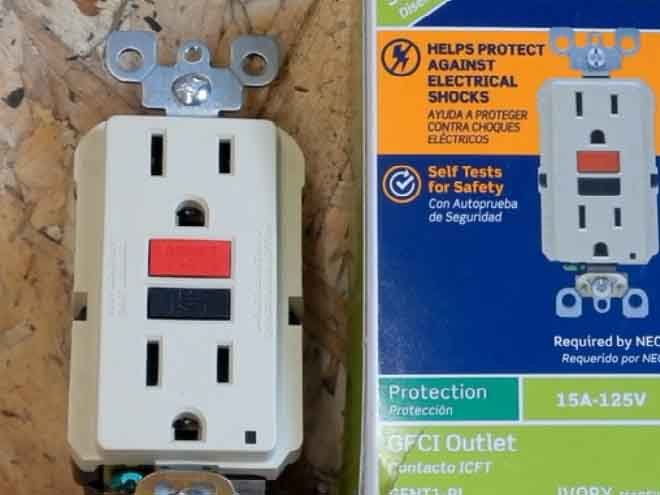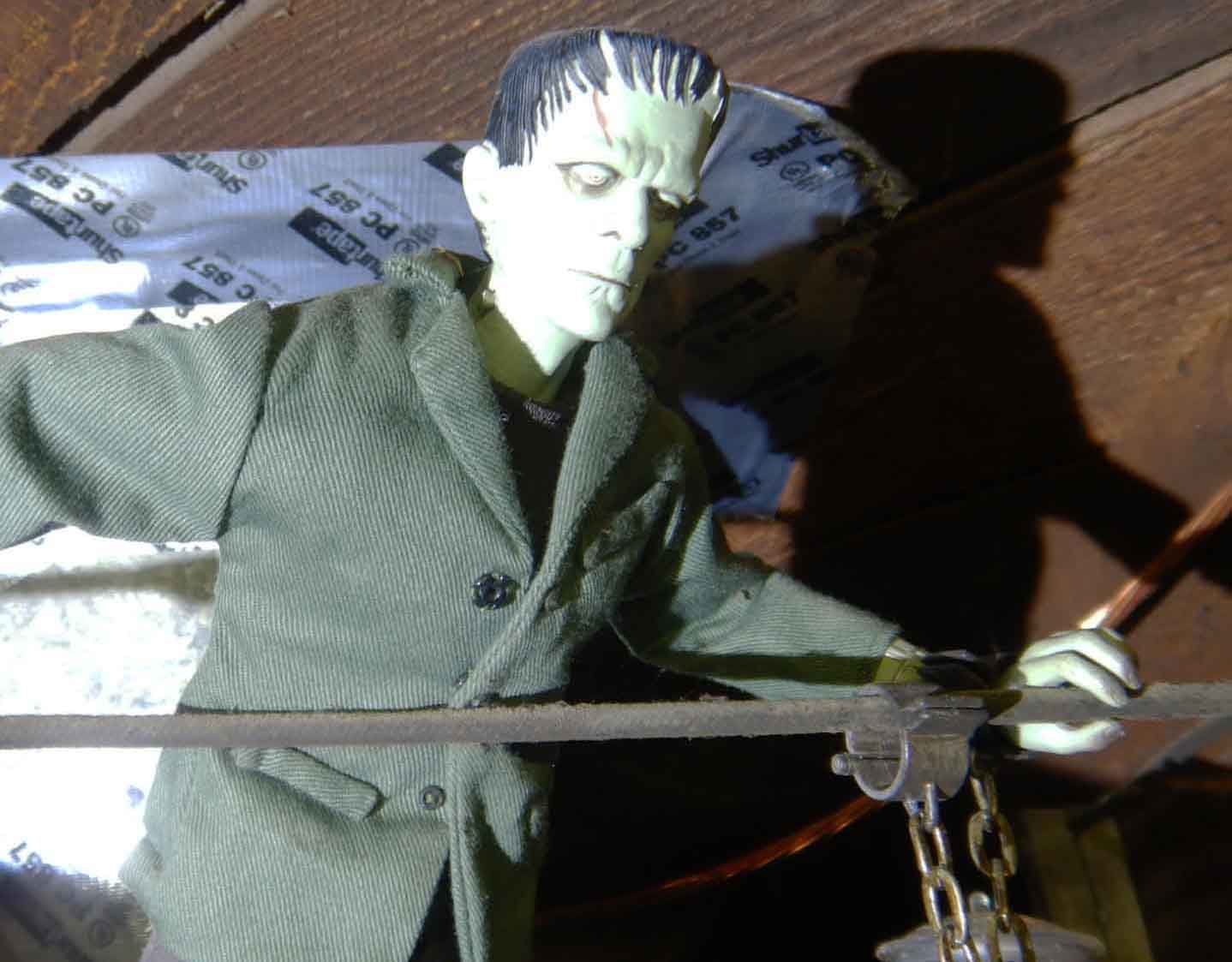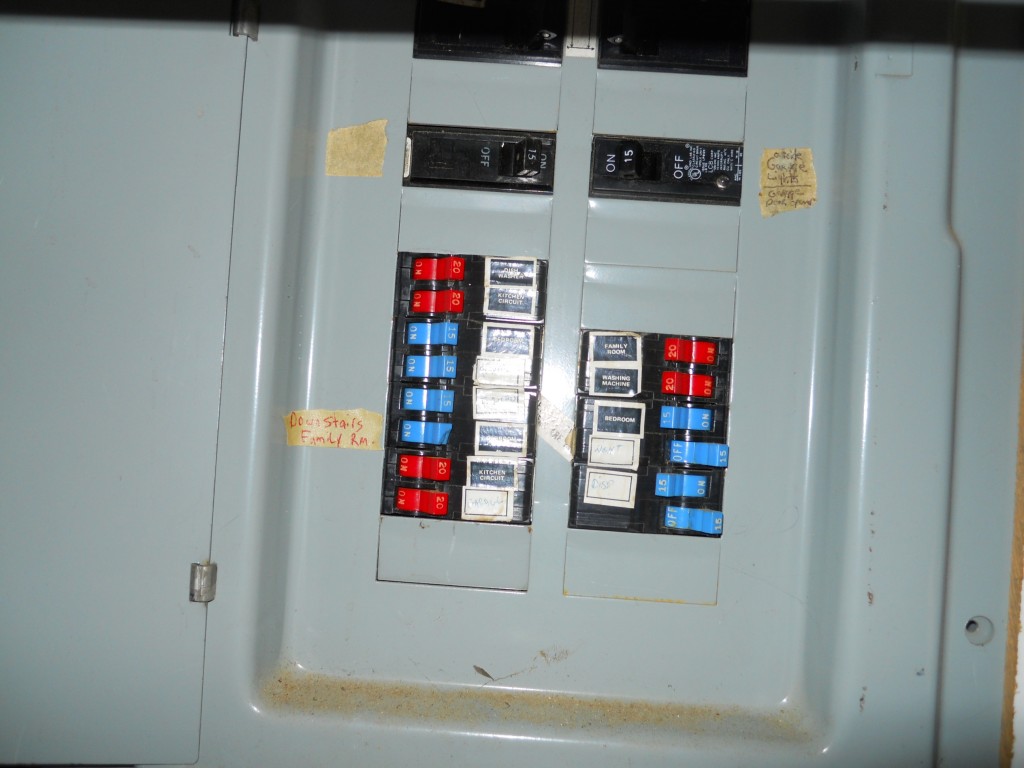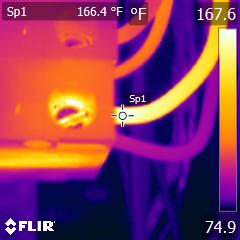.jpg) |
||
| - Custom report including digital images | ||
| - Structural pest inspection included | ||
| - Infrared imagery included | ||
| - 12+ years Home Inspection experience | ||
| - 25+ years new construction experience | ||
.jpg) |
||
| - Custom report including digital images | ||
| - Structural pest inspection included | ||
| - Infrared imagery included | ||
| - 12+ years Home Inspection experience | ||
| - 25+ years new construction experience | ||
| ELECTRICAL | ||
|
I frequently get the question “is the electrical up to code
?”. Code for all items of a home constantly change and may
vary from jurisdiction to jurisdiction, therefore most homes
are not up to “current code” and they are not required to be
updated, with the exception when some modifications are
made. |
||
 GFCI Outlet |
||
|
Ground fault protection for wet areas is always recommended
as it is a very inexpensive safety upgrade for older homes
to prevent electrocution |
||
|
There are many types of electrical issues over the years
with homes. The information below is not meant to be
all-inclusive. Electrical issues will typically be more
prominent with an older home.
Earlier homes (pre-1960’s), typically had knob and tube
wiring with screw in type fuses. Although the fuses were
more reliable, they could be easily manipulated and then
result in an electrical fire. Knob and tube wiring does not
have a grounding wire and can be easily damaged by external
forces. The wires should not be buried in insulation as that
is a fire hazard. It is common to find some knob and tube
wiring in older homes even when mostly re-wired.
|
||
 Knob and tube wiring |
Knob and tube improperly buried in insulation |
||
|
Many earlier electrical systems did not have a 3rd
“grounding wire” for outlets. It is very common to find 3
prong receptacles installed that are not grounded. There is
a work around for this issue. "- There are several
ungrounded (3) prong electrical outlets throughout the home.
The National Electrical Code (NEC) 406.3(D)(3) allows
ungrounded (3) prong outlets without a third (grounding)
wire, but only IF you install a GFCI receptacle to replace
the 2-prong receptacle, or install a GFCI circuit breaker
for that circuit, and mark the outlets "GFCI Protected" and
"No Equipment Ground"
Surge suppressors used for computers and other
electronic equipment require a properly installed grounding
wire to work correctly. It may be most efficient to install
GFCI protected circuit breakers in the electrical panel"
Some of the earlier “circuit breaker” type panels
essentially did not work or are a fire hazard due to loose
connections. These panels are known as Federal Pacific and
Zinsco. Some Zinsco type panels are labeled as Sylvania as
they purchased the company.
|
|||
 Zinsco panel |
|||
|
"- The home is equipped with a Zinsco brand panel.
Zinsco components are considered problematic by industry
professionals due to their high failure rate. Failure of any
component within the electrical system may result in fire
and/or electrocution. Evaluation of the panel by a qualified
electrician is advised to determine its safety, integrity
and performance"
"- The home is equipped with a Federal Pacific Electric
(FPE) Stab-lok brand electrical panel. Stab-lok load centers
and their components are considered problematic by industry
professionals due to their high failure rate as documented
by the Consumer Products Safety Commission. Failure of any
component within the electrical system may result in fire
and/or electrocution. Evaluation of the panel by a qualified
electrician is advised to determine its safety, integrity
and performance."
In the Vietnam war era, copper become scarce and costly.
Single stand aluminum wiring was used for branch circuits.
This type of wire would become loose and then arc resulting
in fires. Multi-strand aluminum is not considered an issue
and is still in use today. There is a repair for single
strand aluminum wiring, however it can be expensive and not
all electricians will have the proper tools to perform this
work.
|
|||
|
Single strand aluminum wiring |
|||
|
Double tapped or over-heating wiring will be
identified by both visual and infrared observation. Many wiring
issues are created by homeowner modifications. |
|||
|
Multiple tapped circuit |
 Overheating electrical |
||
 |
|||
| Home Inspections throughout King, Snohomish, and Pierce Counties | |||